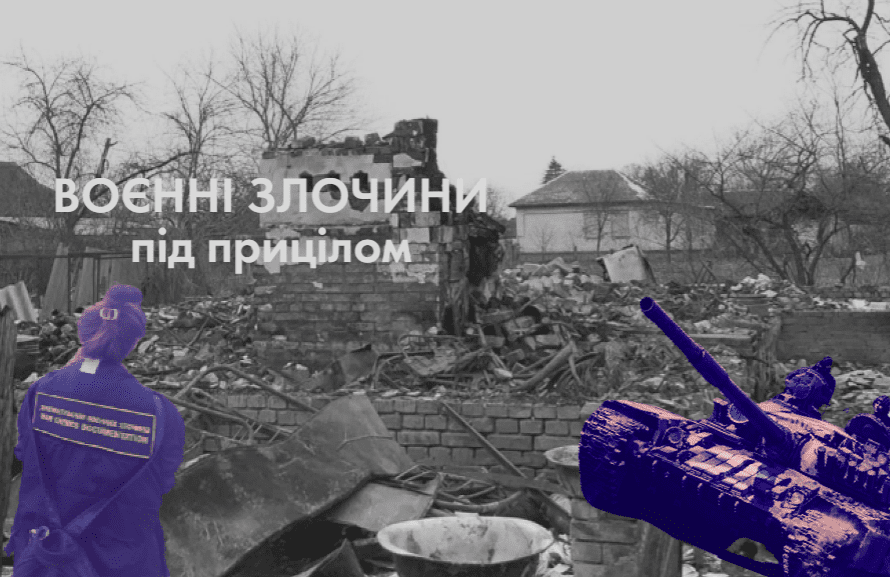From the first day of the full-scale invasion of the Russians into Ukraine, the Chernihiv region was targeted by terrorists. According to official data, 478 civilians died in the region in the first months after the start of the full-scale war. The civil infrastructure also suffered significant destruction.
Despite the fact that the region was deoccupied more than a year and a half ago, law enforcement officers continue to collect testimonies and evidence of Russian war crimes.
“We have two main goals in documentation. The first is, of course, bringing criminals to justice. And the second goal is to preserve the memory of the war,”
explains the executive director of the “Educational House of Human Rights in Chernihiv” Serhii Burov, whose organization joined the work on recording war crimes committed by Russians in Chernihiv region.
So, in this article, read about the challenges, successes and cooperation with law enforcement officers in the work on documenting war crimes, and about why human rights defenders started and continue to do this in the first place.
